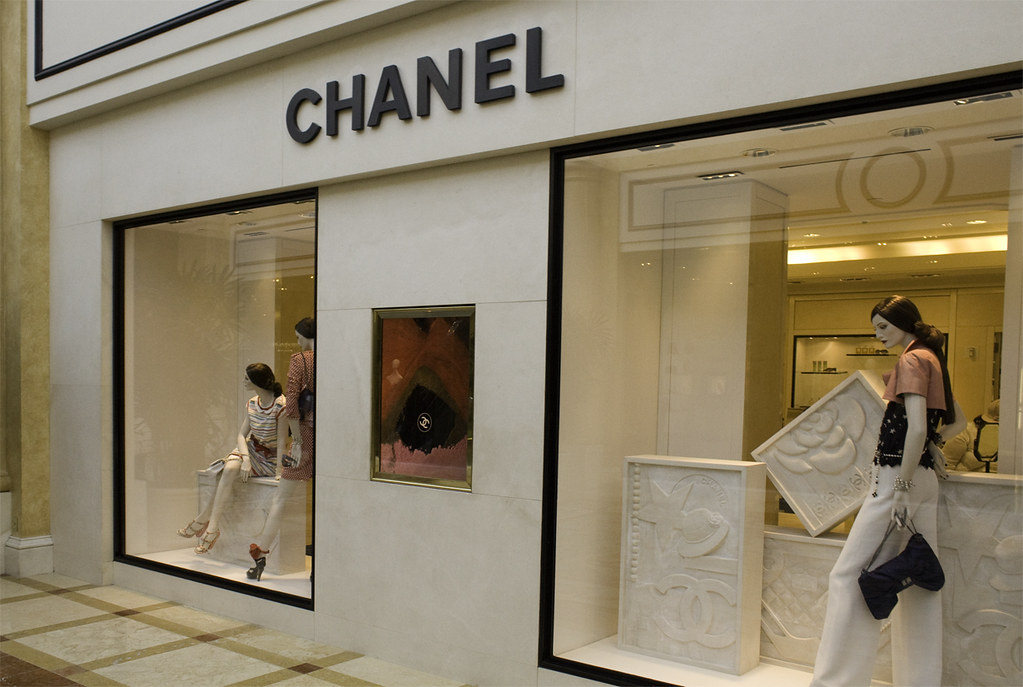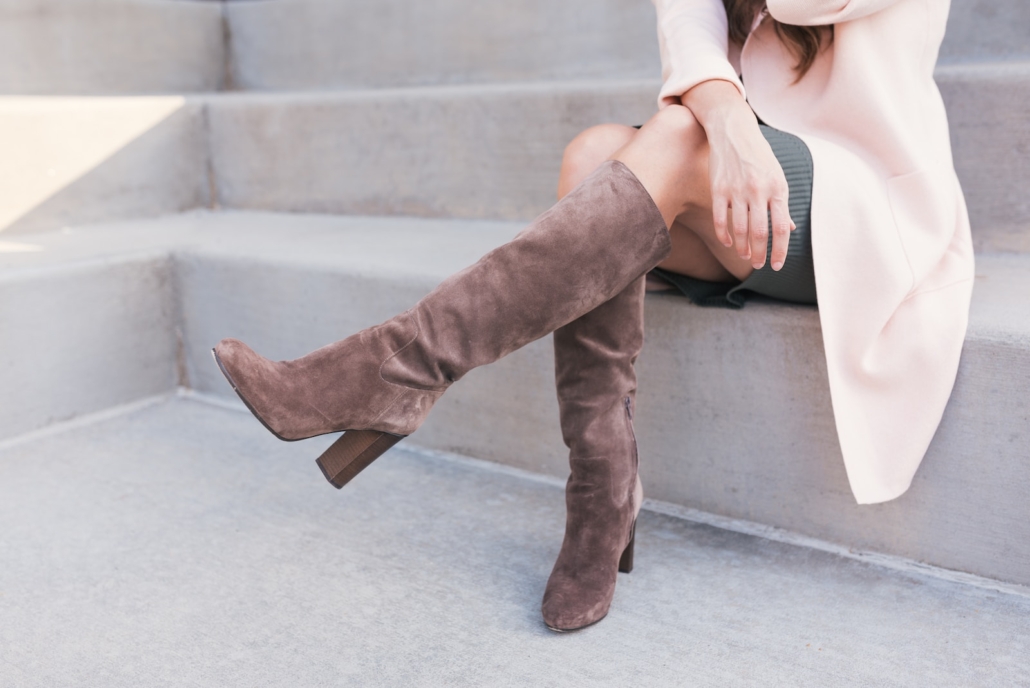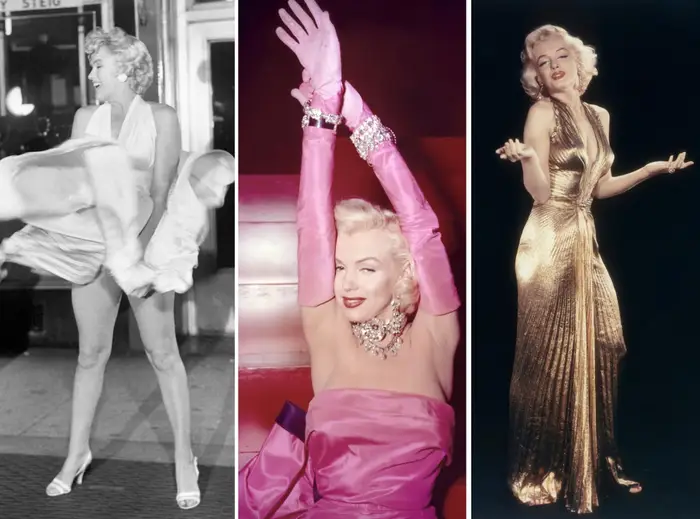For centuries, fashion has been a form of self-expression and a reflection of society’s values and trends. From the elegant gowns of royalty to the rebellious outfits of punk rockers, fashion icons have always pushed boundaries and shaped the way we dress. But who are these trailblazers who have paved the way for style as we know it today?
The Roaring Twenties: Flappers and Coco Chanel
The 1920s marked a revolution in fashion, with women rejecting the restrictive corsets and long skirts of the Victorian era in favor of loose, shapeless dresses that allowed for freedom of movement. The iconic flapper style, characterized by drop-waist dresses, bobbed hair, and bold makeup, embodied the spirit of the era – young, free-spirited, and independent. Coco Chanel, a French designer, played a pivotal role in popularizing this new look, with her modern and practical designs that challenged traditional notions of femininity.
The Swinging Sixties: Twiggy and Mary Quant
The 1960s saw another fashion revolution, with the rise of the Mod subculture and the iconic mini skirt. British model Twiggy became the face of this era, with her boyish figure and doe-eyed look captivating the fashion world. Designer Mary Quant is credited with popularizing the mini skirt, a daring and liberating style that symbolized youth and rebellion. The swinging sixties were all about breaking the rules and pushing boundaries, and these fashion icons were at the forefront of this cultural shift.
The Punk Movement: Vivienne Westwood and Debbie Harry
In the 1970s, punk rock emerged as a subculture that rejected mainstream fashion in favor of DIY aesthetics and anti-establishment attitudes. British designer Vivienne Westwood became synonymous with punk fashion, with her edgy designs and provocative runway shows challenging the status quo. American musician Debbie Harry, frontwoman of the band Blondie, embodied the punk ethos with her bold, androgynous style that blurred gender boundaries. The punk movement was all about rebellion and self-expression, and these fashion icons personified that spirit.
Conclusion: Fashion Icons Then and Now
From the flappers of the 1920s to the punks of the 1970s, fashion icons have always been pioneers who dared to challenge the status quo and redefine beauty standards. Their influence continues to resonate in the world of fashion today, with designers drawing inspiration from the past to create new and innovative styles. As we look back on the trailblazers of the past, we are reminded of the power of fashion to shape our identities and reflect the social and cultural changes of our time. So, who will be the next fashion icon to inspire and captivate us? Only time will tell.





